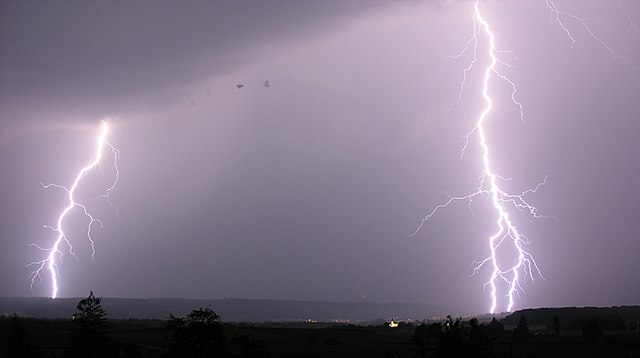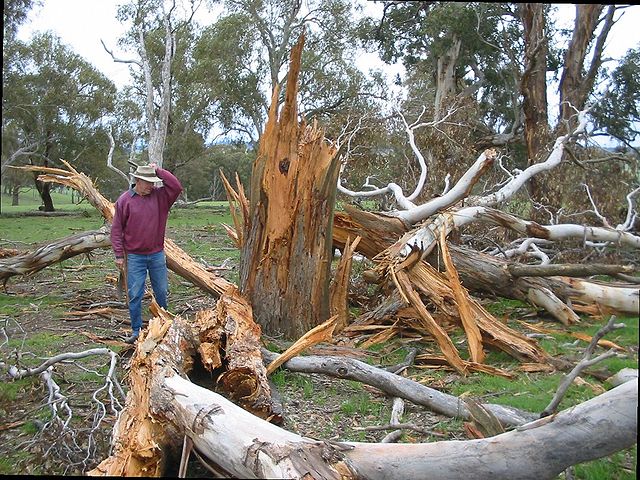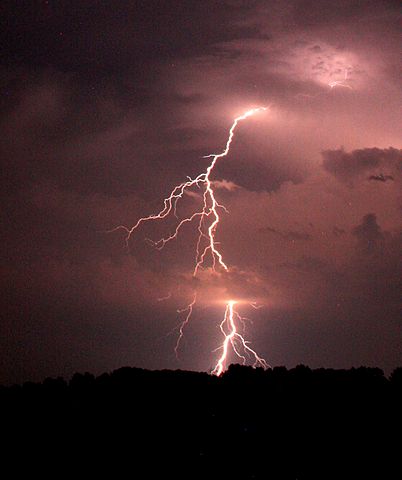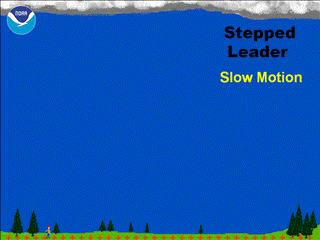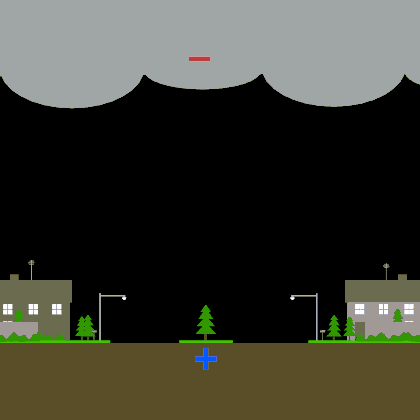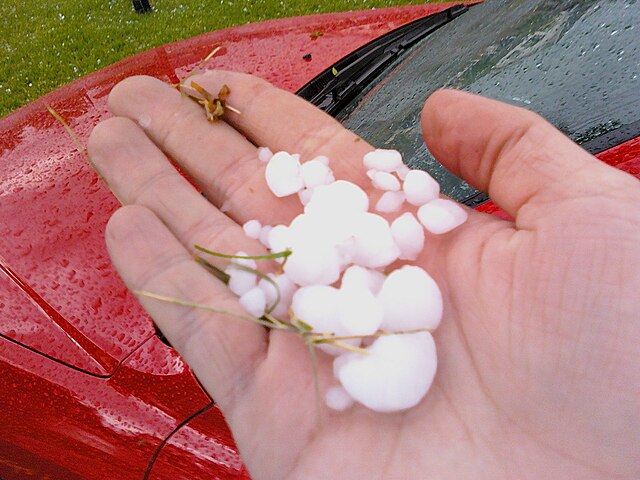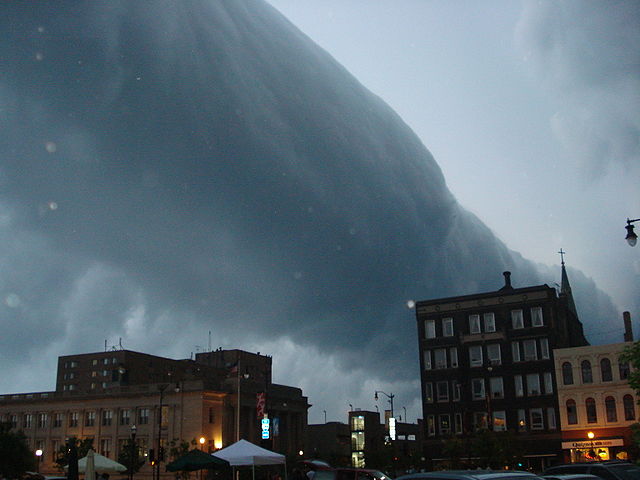We just learned that
hail is large ice chunks that come down from clouds.
Sometimes the pieces of ice are very small, and we call that
Sleet or sometimes
ice pellets.
The sleet happens when there is cold air way up high in the sky, then warm air in the middle and cold air on the bottom.
The clouds in the cold air make snow which falls down.
When it goes down into the middle of the sky where the air is warm, the snowflakes melt and turn into rain drops.
Then when the rain drops fall to the lowest part of the sky where it is cold again, they re-freeze but turn into sleet ice pellets instead of snow flakes.
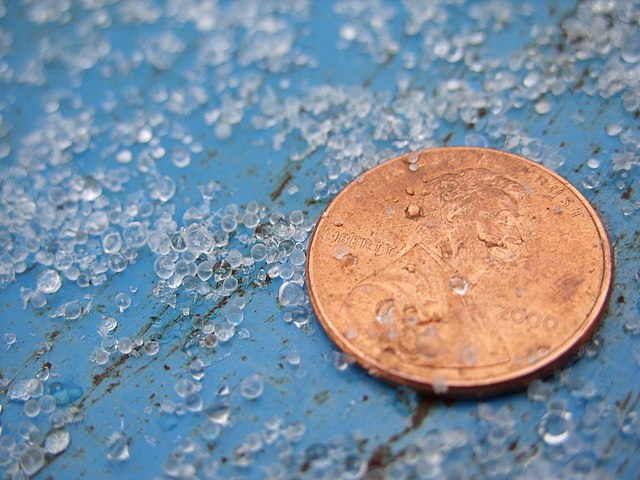
(from: wikipedia -
ice pellets)
There is also another type of frozen pellet that is a lot like sleet, called
Graupel.
This is when there are super cold drops of water called "rime" fall onto snowflakes as they are falling down.
The super cold rime hits the snowflake and puts a coat of ice all around it.
If the rime doesn't hit a snowflake, it will instantly freeze when it hits where it lands, like a tree or on the ground.



(from: wikipedia -
graupel)
Kid Facts - Blast from the past: Pyrite
